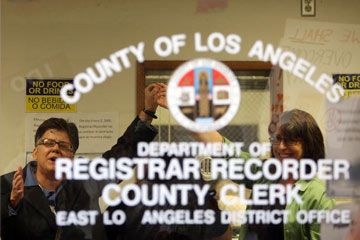In the 1980s, Japan experienced a major boom in its real estate market. As prices rose, the value of land exploded. At one point in 1989, the value of the grounds of the Japanese Imperial Palace in Tokyo was worth more than all of the real estate in California [source: Epstein].
The assessors in each of California's 58 counties at the time are the unsung heroes of that little tale. Without them, we wouldn't have the data that was compiled to find the total value of California's real estate. That's because county assessors in the United States are responsible for valuing every single piece of property in their counties.
Advertisement
Every few years -- usually three -- assessors estimate the value of each parcel of real property (with the general exception of schools, churches and charities) in the county. Real property is the combination of land and any structures on it. Every vacant lot, apartment complex, strip mall and home has a value; the assessor estimates that value based on the current real estate. In between these three-year pushes, the assessor identifies overlooked properties and locates and contacts the owners. The assessor also creates value assessments for new construction and determines whether any reassessment is in order when a property changes ownership.
The assessor compiles all of these property values into an assessment roll, which is a master list of the value of all the real property in a given county or jurisdiction.
The value estimates created by assessors take a number of factors into account, in addition to market values. For example, a new shed constructed in a homeowner's back yard will likely increase the value of the real property the year after it's built. Over time, however, the added value that shed brought to the property will decline as the shed ages and deteriorates.
There are two ways assessors can approach valuing real property. The first is the sales approach -- basing the value on the sale prices of similar structures and property in the area that have been sold recently. There's also the cost approach, which uses as a basis the cost of building a new similar structure on a similar piece of property and deducting any age or condition-related depreciation [source: State of Maryland].
What kind of madness would create a position that calls for such painstaking and thorough work? The answer is simple: taxes.
Advertisement



